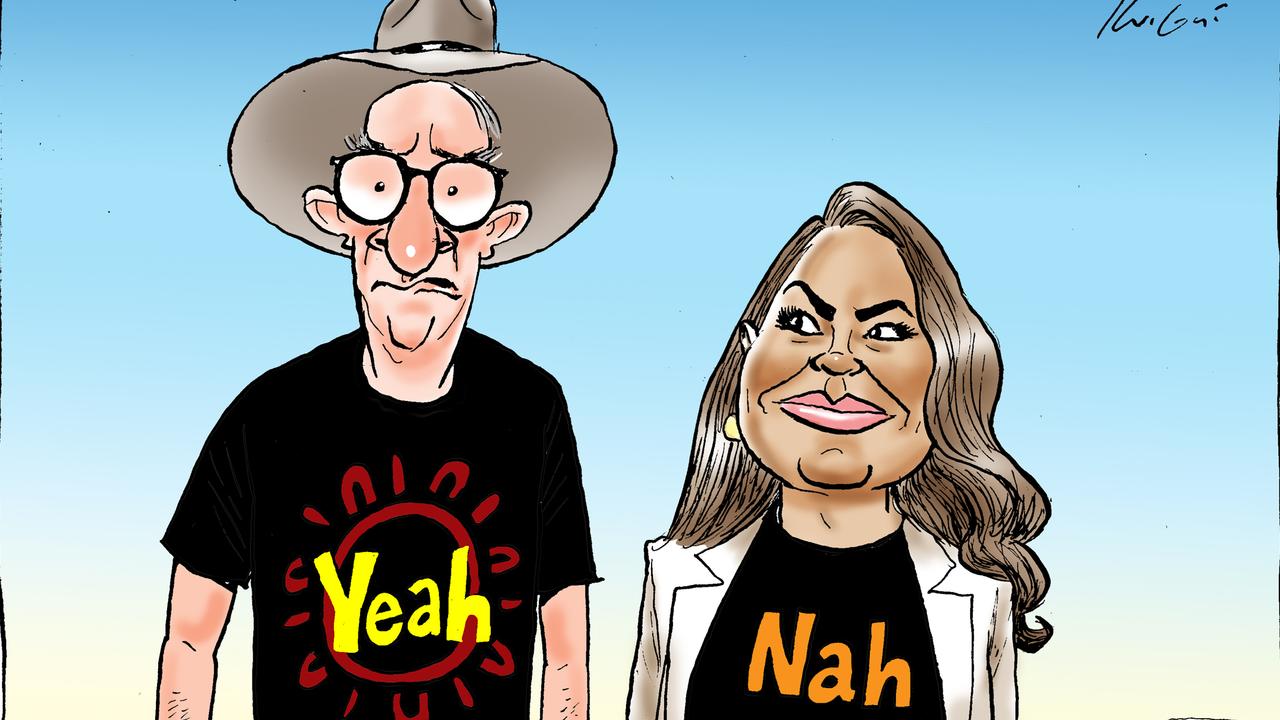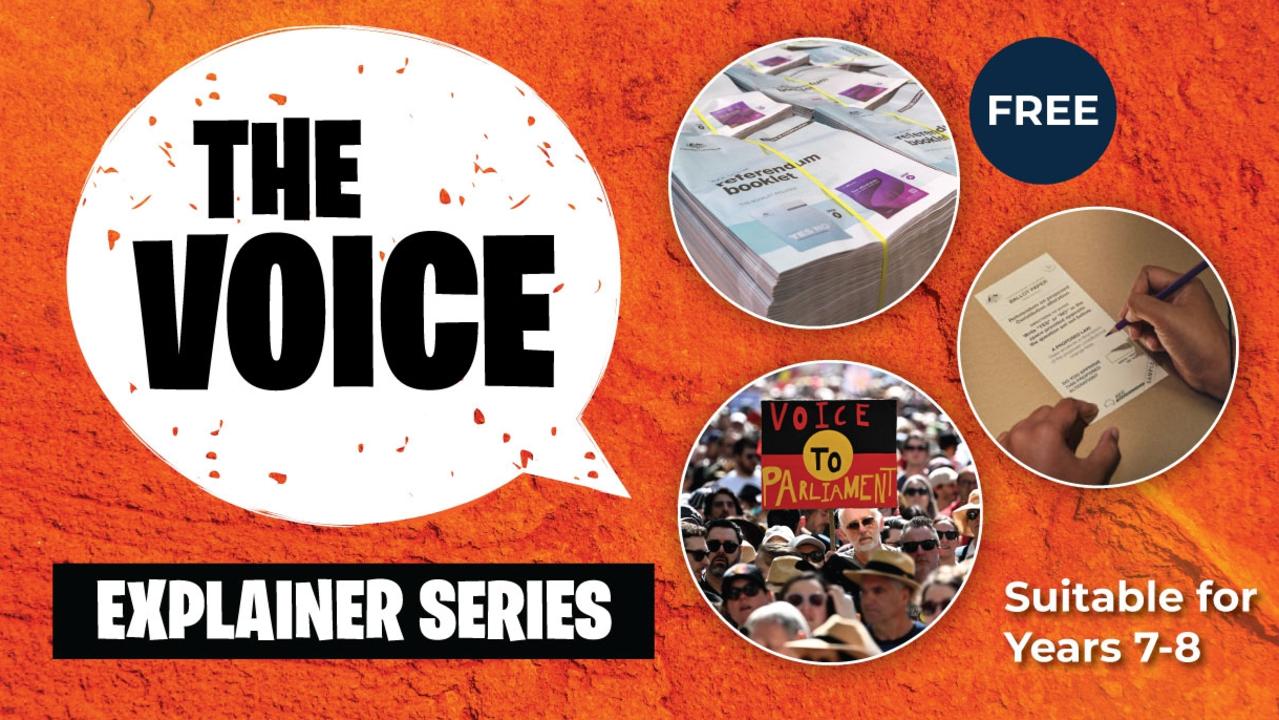The struggles and triumphs of our nation’s First Peoples
PART 2: Indigenous Australians have a rich history and culture spanning tens of thousands of years – here are some important aspects of First Nations culture and major events in Indigenous history

READING LEVEL: RED
Australia is fast approaching a referendum*. Today in Part 2 of our Voice explainers, we take a look at the culture and history of our nation’s First Peoples, including some key struggles and triumphs following Captain Cook’s arrival on April 29, 1770 in the now Kamay Botany Bay National Park.
ONE OF THE WORLD’S OLDEST LIVING CULTURES
Australia’s First Nations peoples have 65,000 years’ worth of history in this country, based on archaeological* discoveries, said Australian National University Professor Ann McGrath.
She pointed to University of Queensland archaeologist Associate Professor Chris Clarkson, whose 2017 paper detailed his findings of about 11,000 artefacts* in Kakadu National Park.

“People got here much earlier than we thought, which means of course they must also have left Africa much earlier to have travelled on their long journey through Asia and South-East Asia to Australia,” Assoc Prof Clarkson said at the time.
“It also means the time of overlap with the megafauna*, for instance, is much longer than originally thought – maybe as much as 20,000 or 25,000 years.”
WHAT DID AUSTRALIA LOOK LIKE WHEN CONVICTS ARRIVED?
It is estimated 750,000 to 1.25 million Aboriginal Australians lived here before British settlement in 1788.
Aboriginal people used firesticks to change the vegetation* to suit their needs.
“There were accounts from the ships that around Sydney looked like a park, and we came to understand that as firestick farming,” Prof McGrath said. “They engineered* the landscape to hunt kangaroos and for fire management – the British were amazed by it.”
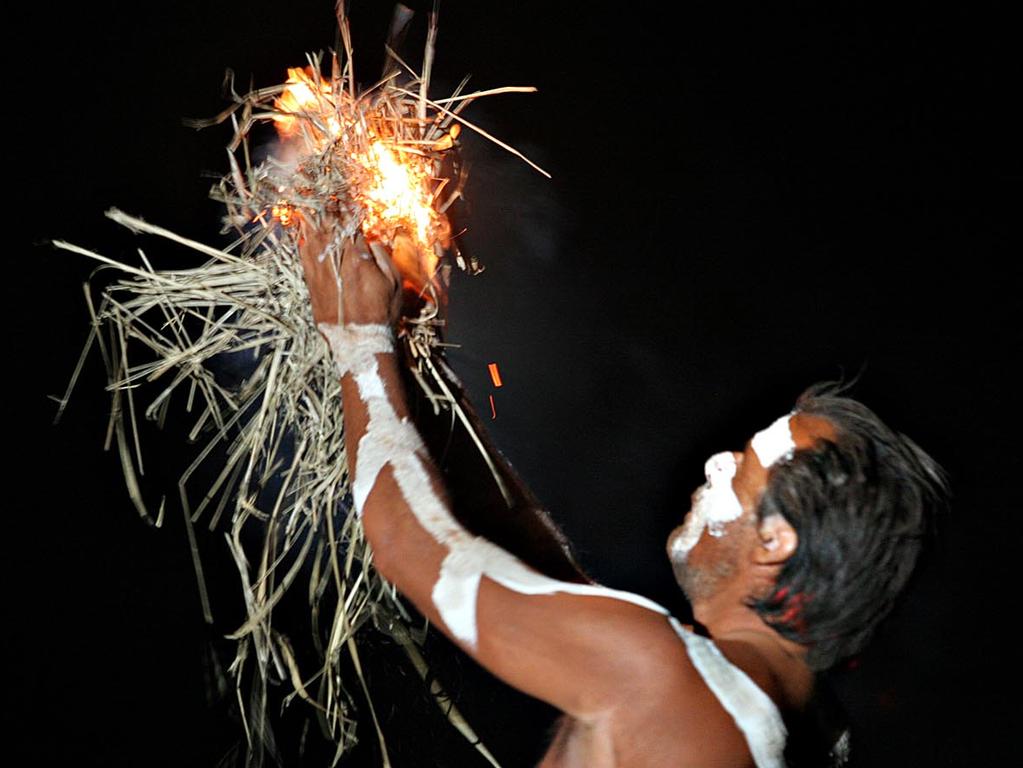
HOW MANY LANGUAGES ARE THERE?
Australian National University languages expert Professor Jane Simpson said there were between 250 and 750 distinct languages or dialects* associated with Indigenous Australians.
“Working out how many are still spoken is difficult,” she said.
COMMON BELIEFS, RITUALS AND PRACTICES
Connection to Country, spirits and telling stories is important among Indigenous Australians, Prof McGrath said.
“Song and dance performances, as well as painting and engraving* was a really important way to transmit* culture and for storytelling,” she said.
“Some paintings were also a map of Country – helping people find the best water or resources.
“There are songlines, which can travel very long distances. Aboriginal people would be sharing songs, knowledge, trading goods as part of a network. These could be where to get the best resources and how to provide in different seasons.
“Australia has very ancient art all over the country. They knew how to make ochres* to make permanent art and used different sacks from trees and traded ochres.”
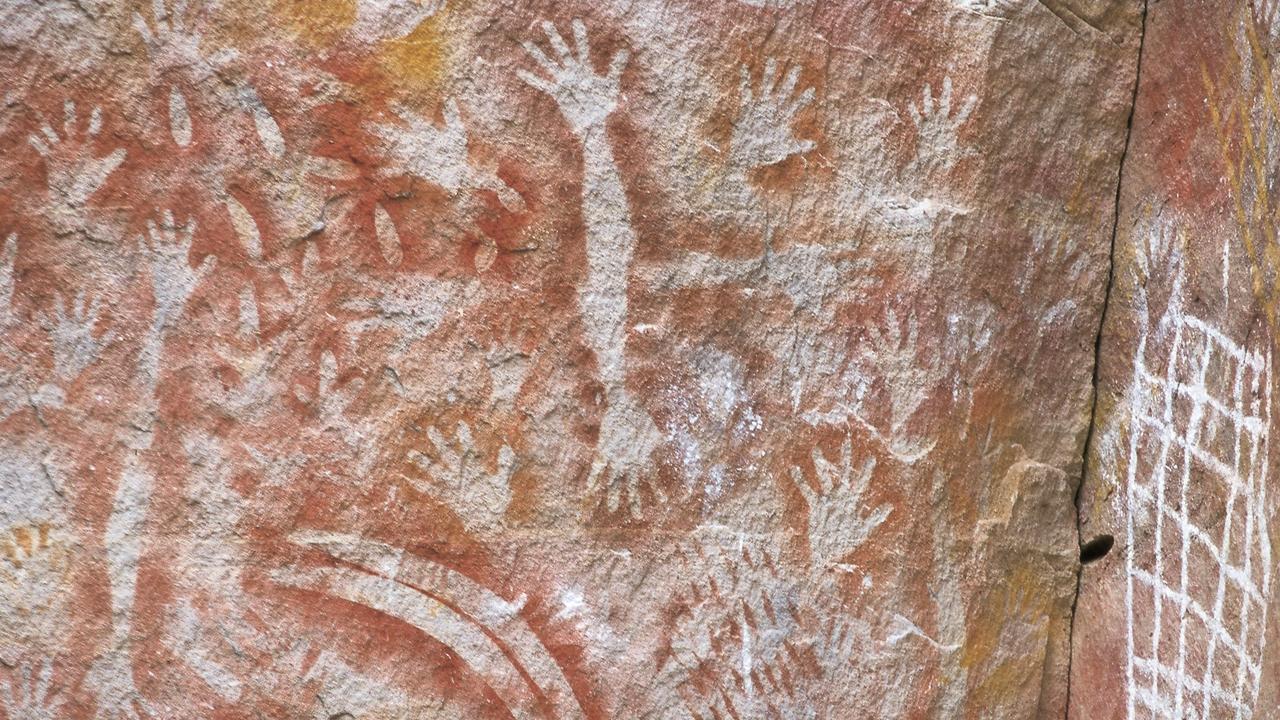
Indigenous Australians have a “strong respect” and “sense of obligation” to look after the land and waterways, Prof McGrath said.
“There is a symbiotic sense of health and wellbeing – a close relationship between human life, animals, the hills and mountains,” she said. “Water is a living force that runs through it. It’s a connection that was broken down through colonisation* when people were taken off their land.
“The Country is … the way an individual would see themselves. The word Country does imply belonging.”

AFTER THE FIRST FLEET ARRIVED
British settlement of Australia started in January 1788, when the First Fleet arrived in Sydney Cove. Having been isolated from the world for thousands of years, Aboriginal people had no resistance to viruses such as smallpox* and influenza.
But infectious diseases were not the only major threat after white settlement. According to University of Newcastle research, Indigenous people were massacred (more than six people killed at one time) at different times in different states and territories from 1794 right up until the 1930s.
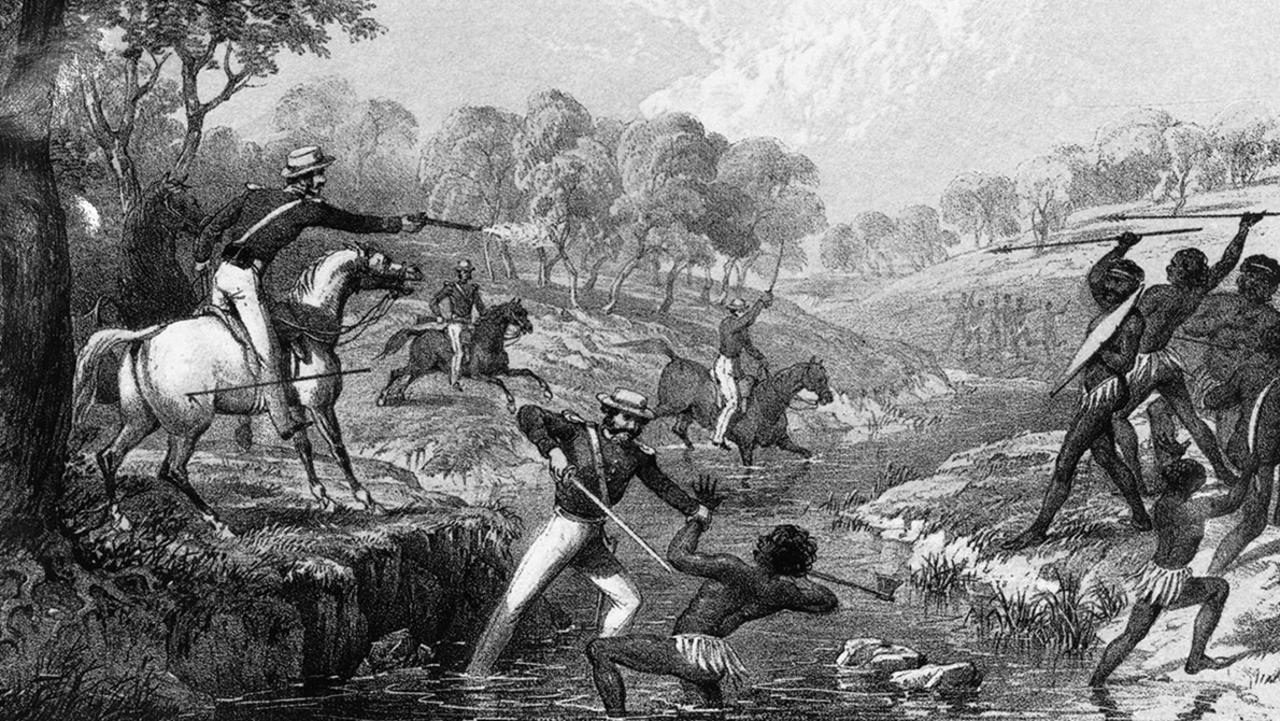
STOLEN GENERATIONS
The Stolen Generations refer to the thousands of Aboriginal and Torres Strait Islander children who were taken from their families and placed into institutional care or with non-Indigenous foster families, as a result of laws or policies.
The 1997 Bringing Them Home report found between one in 10 and three in 10 children were forcibly* removed between 1910 and 1970.
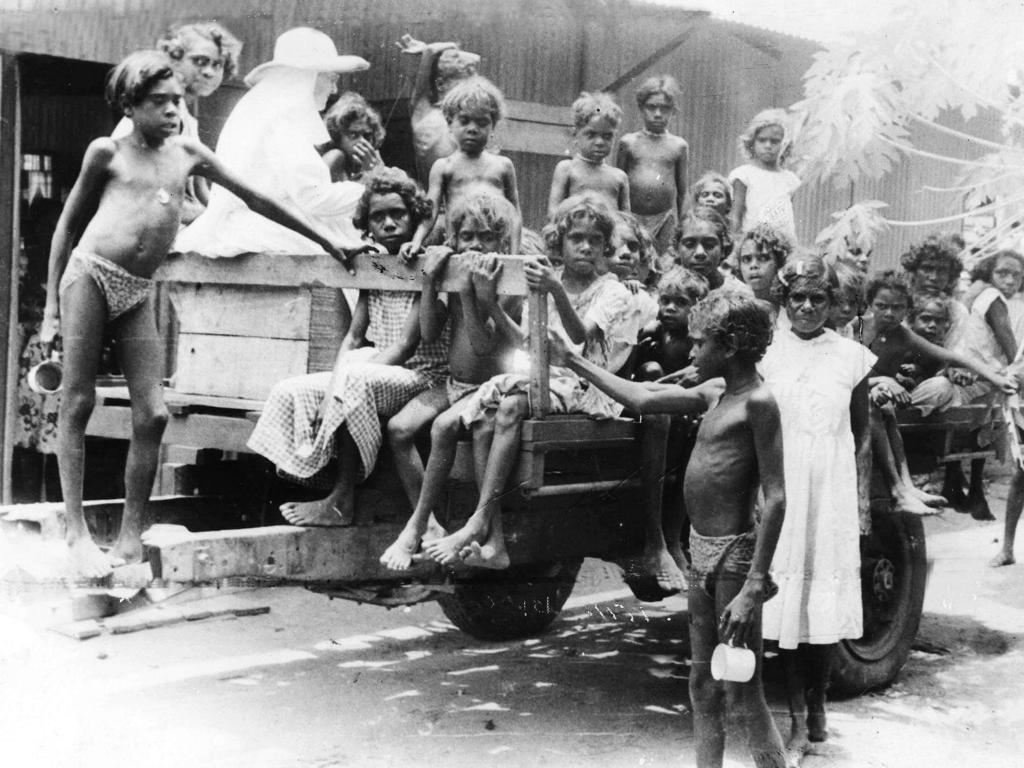
INDIGENOUS RIGHT TO VOTE
Prior to 1962, Aboriginal and Torres Strait Islander people did not have the right to vote in federal elections.
The Commonwealth Electoral Act 1962 granted all Indigenous Australians the option to enrol and vote in federal elections – but it was not compulsory*, as it was for other Australians.
The states followed and compulsory enrolment for Indigenous Australians was eventually enacted in 1983.
INDIGENOUS REFERENDUM 1967
On May 27, 1967, almost 91 per cent of Australians voted Yes to change the Constitution* so Aboriginal people would be counted as part of the population and to acknowledge them as equal citizens, and granted the federal government power to make laws on their behalf.

BEING COUNTED IN THE CENSUS
The 1967 Referendum paved the way for Aboriginal people to be counted as part of the nation’s population.
The Census had been running for some time but the 1971 count included Aboriginal and Torres Strait Islander peoples as citizens of the country.
About 116,000 Australians identified themselves as having Aboriginal (106,000) or Torres Strait Islander (10,000) origin.
There was a further increase to 160,000 Indigenous Australians in the 1976 Census.
MABO DECISION
In 1992, the High Court of Australia recognised native title in the Mabo legal case. The decision was a step forward in recognising land rights of Indigenous Australians.
When Captain James Cook took ownership of Australia on behalf of Great Britain, he claimed it was “terra nullius”, or “nobody’s land”, according to British law – meaning Australian Aboriginal people had no claim to the land on which they had lived for tens of thousands of years.
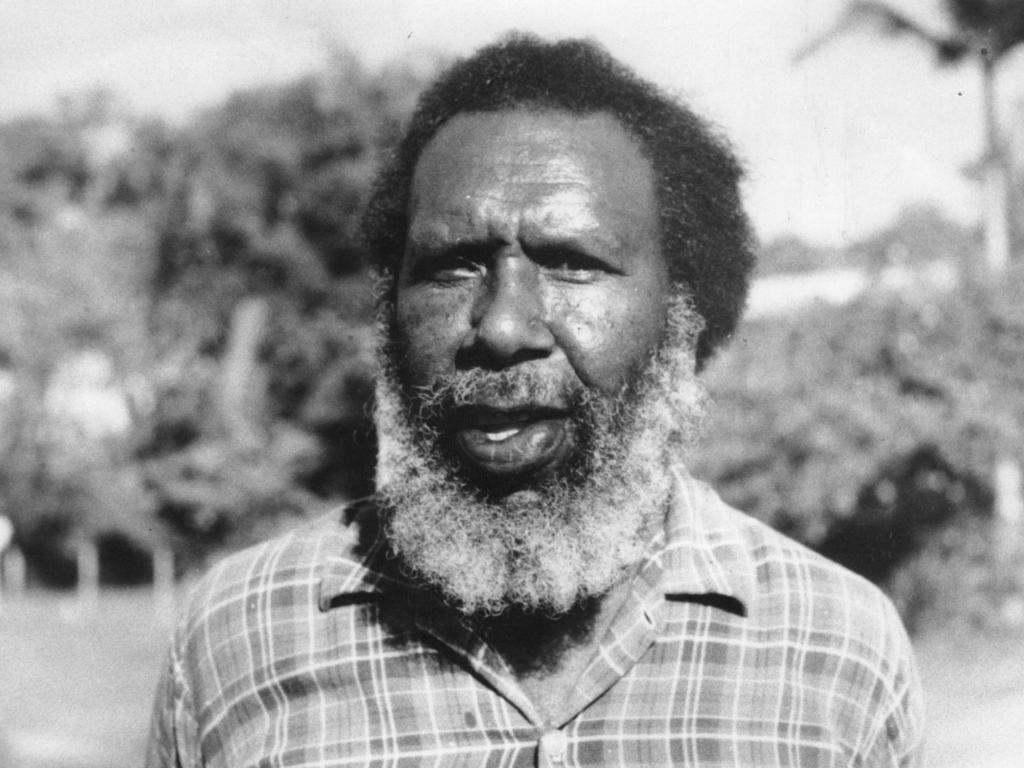
In May 1982, a group of Meriam people from the Eastern Torres Strait, led by Eddie Koiki Mabo, lodged a case with the High Court for legal ownership of the island. Over 10 years, evidence presented showed eight clans of the Mer (Murray Island) people had lived on the island for hundreds of years.
On June 3, 1992, six of the seven judges agreed Meriam were the traditional owners of the lands of Mer.
PAUL KEATING’S REDFERN SPEECH
Then-prime minister Paul Keating delivered an impassioned* speech on December 10, 1992 on the eve of the International Year of the World’s Indigenous people.
“ … (If) we can build a prosperous* and remarkably harmonious* multicultural* society in Australia, surely we can find just solutions to the problems which beset* the First Australians, the people to whom the most injustice* has been done,” he said.
“ … We took the traditional lands and smashed the traditional way of life … We practised discrimination* and exclusion*. It was our ignorance and our prejudice*. And our failure to imagine these things being done to us.”

NATIONAL APOLOGY
On February 13, 2008, then-prime minister Kevin Rudd delivered a formal apology speech in parliament to the Stolen Generations on behalf of the Australian government.
It was close to 10 years in the making, following the Sorry Book campaign and the first National Sorry Day on May 26, 1998, which was described as “the people’s apology”.
Between 1997 and 1999, states and territories apologised to the Stolen Generations before the federal government followed in 2008.
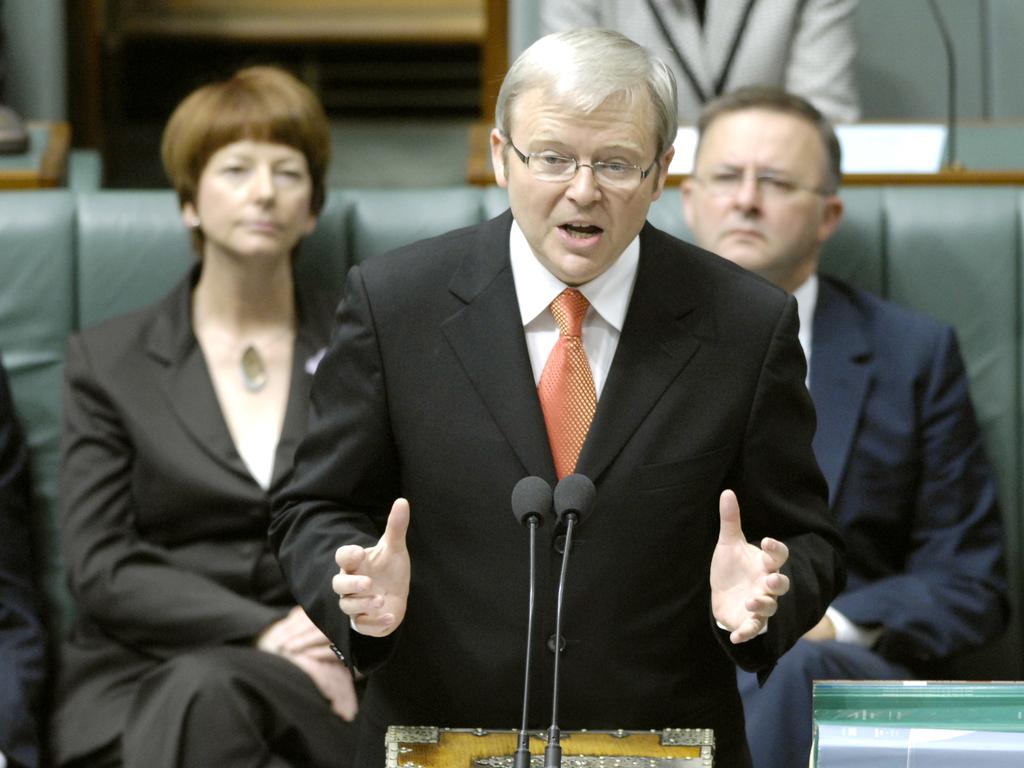
ULURU STATEMENT FROM THE HEART
In 2015, Indigenous leaders met with then-prime minister Malcolm Turnbull and then-opposition leader Bill Shorten. That meeting resulted in the establishment of the Referendum Council, which held 13 First Nations Regional Dialogues* about constitutional* reform, to ensure Indigenous people were at the heart of the reform process.
Please note this is an explainer series - curriculum-aligned classroom activities written by our teachers appear below; there is no separate workbook as in a Kids News Education Kit.
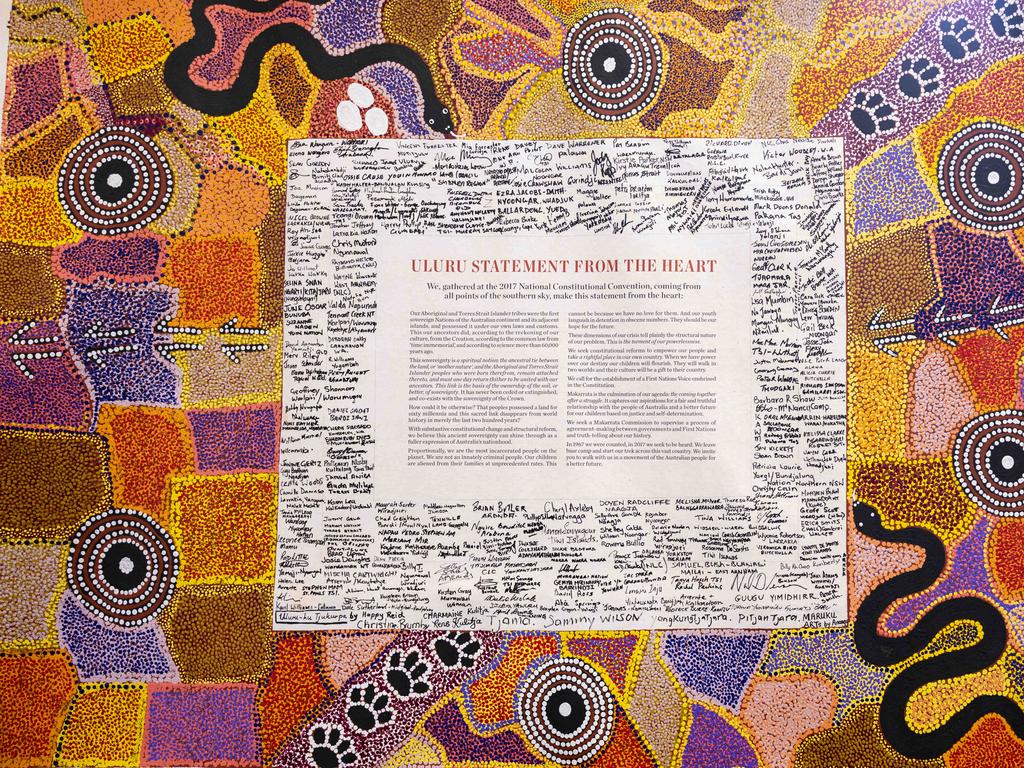
POLL
GLOSSARY
- referendum: a national vote on a question about a proposed change to the Constitution
- archaeological: relating to archaeology, the study of the human past through material remains
- artefacts: human-made objects like tools or decorations, especially ones of historical interest
- megafauna: giant animals like the diprotodon, marsupial lion and giant short-faced kangaroo
- vegetation: plant life in general or plant cover found in a particular area
- engineered: designed and built using scientific principles
- dialects: forms of language spoken in a particular part of the country or by a particular group
- engraving: picture or design that has been cut into a surface
- transmit: to send out or carry signals or messages
- ochres: various natural yellow, red and orange clay and sand earth pigments
- colonisation: the act or process of sending people to live in and govern another country
- smallpox: very serious and highly contagious disease caused by the variola virus
- influenza: known as the flu
- foster families:
- forcibly: influenza is a highly contagious infection of the nose, throat and lungs and can be deadly to high-risk groups
- compulsory: required by law
- Constitution: a set of rules for governing a country
- impassioned: with intense feeling, heartfelt, showing great emotion
- prosperous: successful, flourishing, having good fortune
- harmonious: friendly and peaceful
- multicultural: made up of people of many different nationalities and cultures
- beset: to have a persistent difficulty or a lot of trouble with something
- injustice: the violation of rights, unfairness
- discrimination: treating a person or group less favourably or well than others
- exclusion: not allowing someone or something to take part in an activity
- prejudice: something that influences you unfairly or inappropriately so that you form an unreasonable or unfair opinion
- dialogue: a serious conversation or exchange of opinion, especially among different people or groups
- constitutional: relating to the constitution of a particular country or organisation
EXTRA READING
Song to save Indigenous languages
Bilingual books take centre stage
QUICK QUIZ
- Australia’s First Nations peoples have approximately how many years of history in this country?
- How many Aboriginal Australians are estimated to have been here before British settlement?
- What claim did Captain James Cook make about Australia when he took ownership of the country on behalf of Great Britain?
- What didn’t Aboriginal and Torres Strait Islander people have prior to 1962?
- Who are the Stolen Generations?
LISTEN TO THIS STORY
CLASSROOM ACTIVITIES
1. Indigenous culture
“There is a symbiotic sense of health and wellbeing – a close relationship between human life, animals, the hills and mountains”
Do you think that if the vote is yes for having an Aboriginal and Torres Strait Islander Voice to Parliament, it might positively alter the way we currently respect and preserve the land for future generations?
List three ways we might be able to positively change the way we respect our land and animals using the perspective of the First Nations peoples:
1.
2.
3.
Time: allow 20 minutes to complete this activity
Curriculum Links: English, History, Civics and Citizenship, Personal and Social, Critical and Creative Thinking
2. Extension
How could we use the Aboriginal technique of firestick farming to help with Australia’s bushfire crisis and fire prevention in general?
Is there a way to incorporate First Peoples’ knowledge of the land into modern-day fire prevention to reduce the bushfire risk around the country?
Time: allow 20 minutes to complete this activity
Curriculum Links: English, Humanities, Personal and Social, Critical and Creative Thinking
VCOP ACTIVITY
Imaginative dialogue
Imagine you were there during one of the events discussed in the article.
Create a conversation between two characters – you may need or want to include yourself as one of the characters. Don’t forget to try to use facts and details from the article to help make your dialogue as realistic as possible.
Go through your writing and highlight any punctuation you have used in green. Make sure you carefully check the punctuation used for the dialogue and ensure you have opened and closed the speaking in the correct places.

